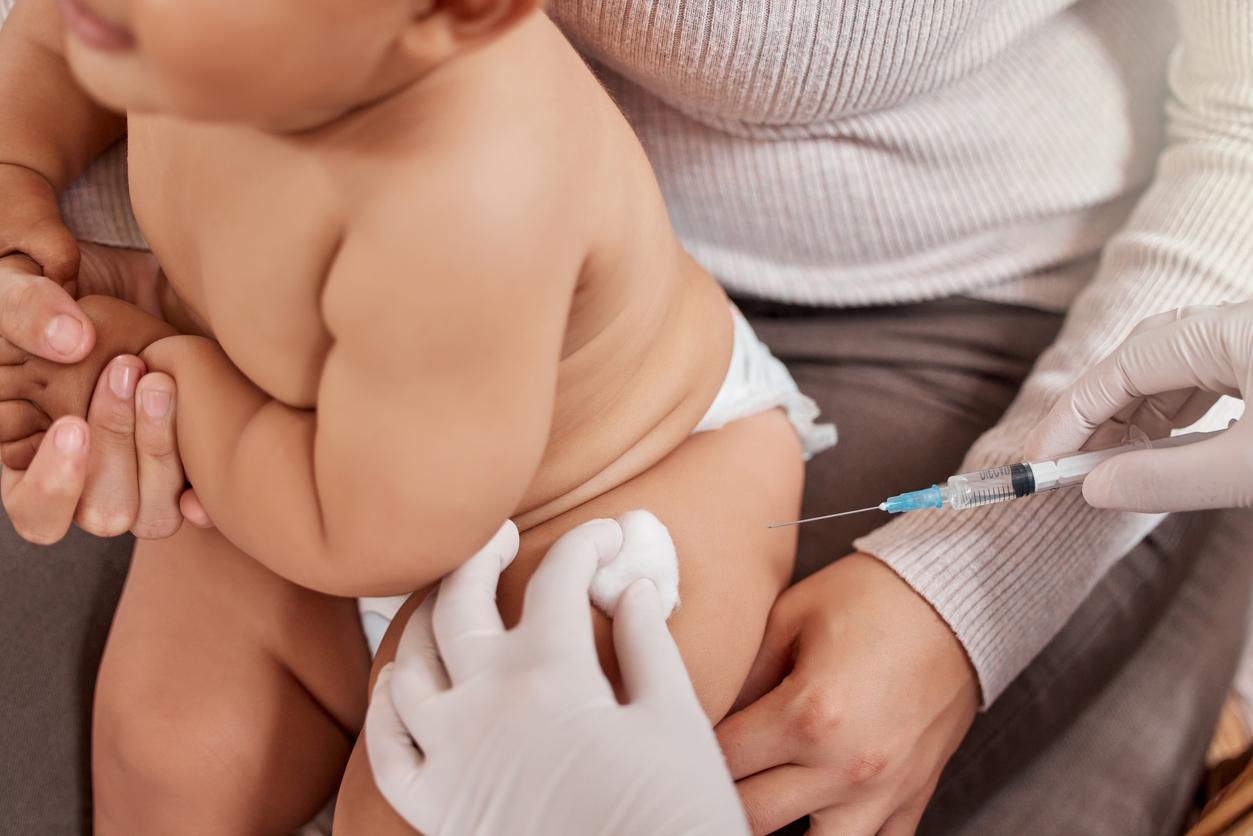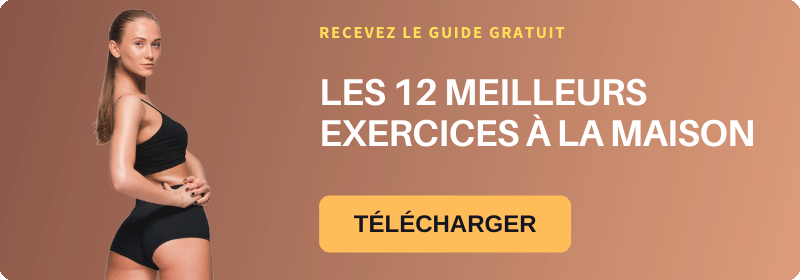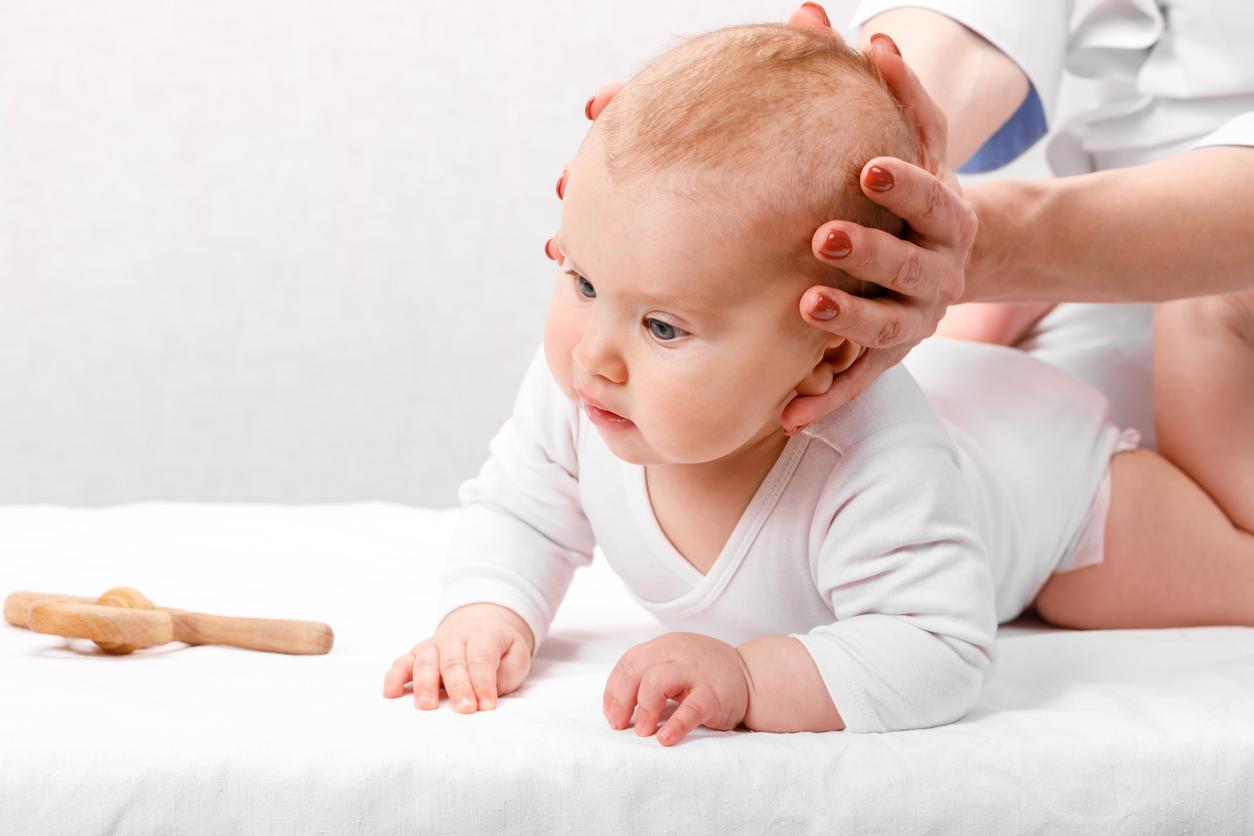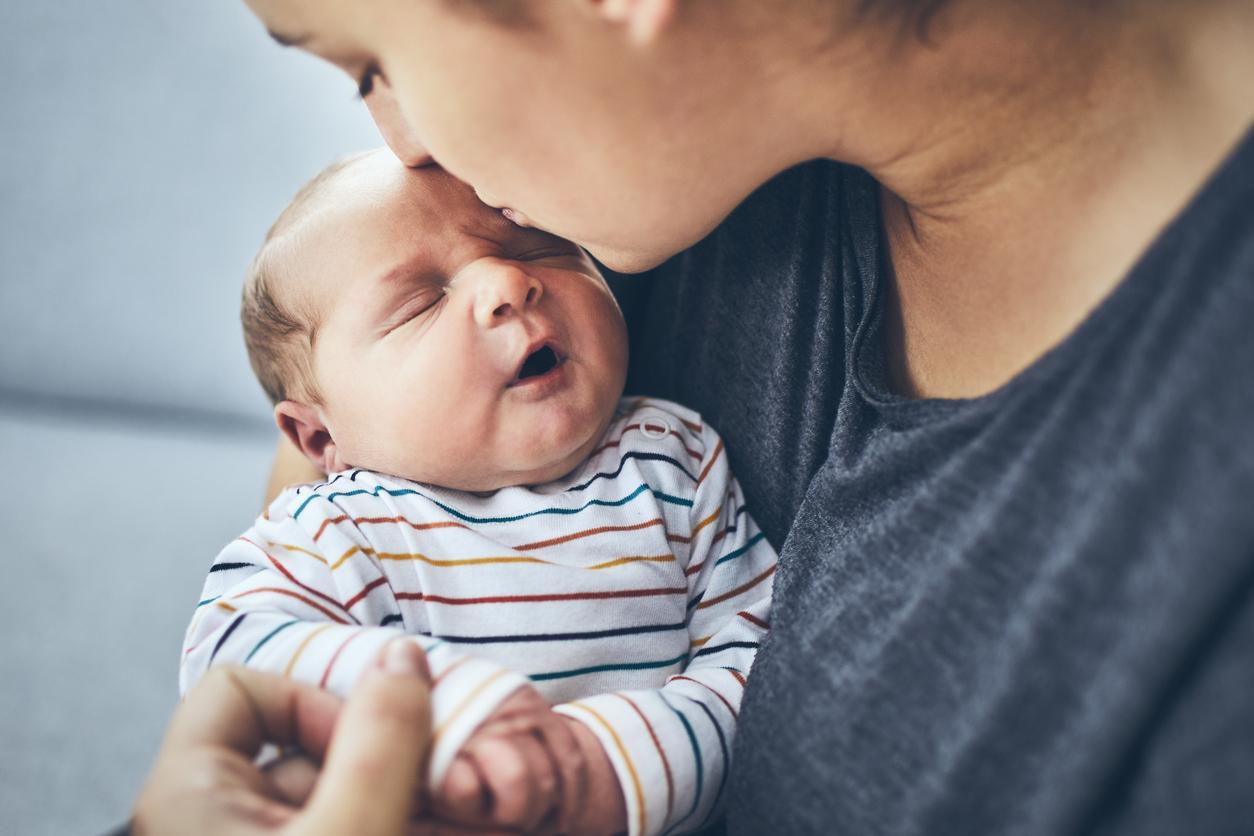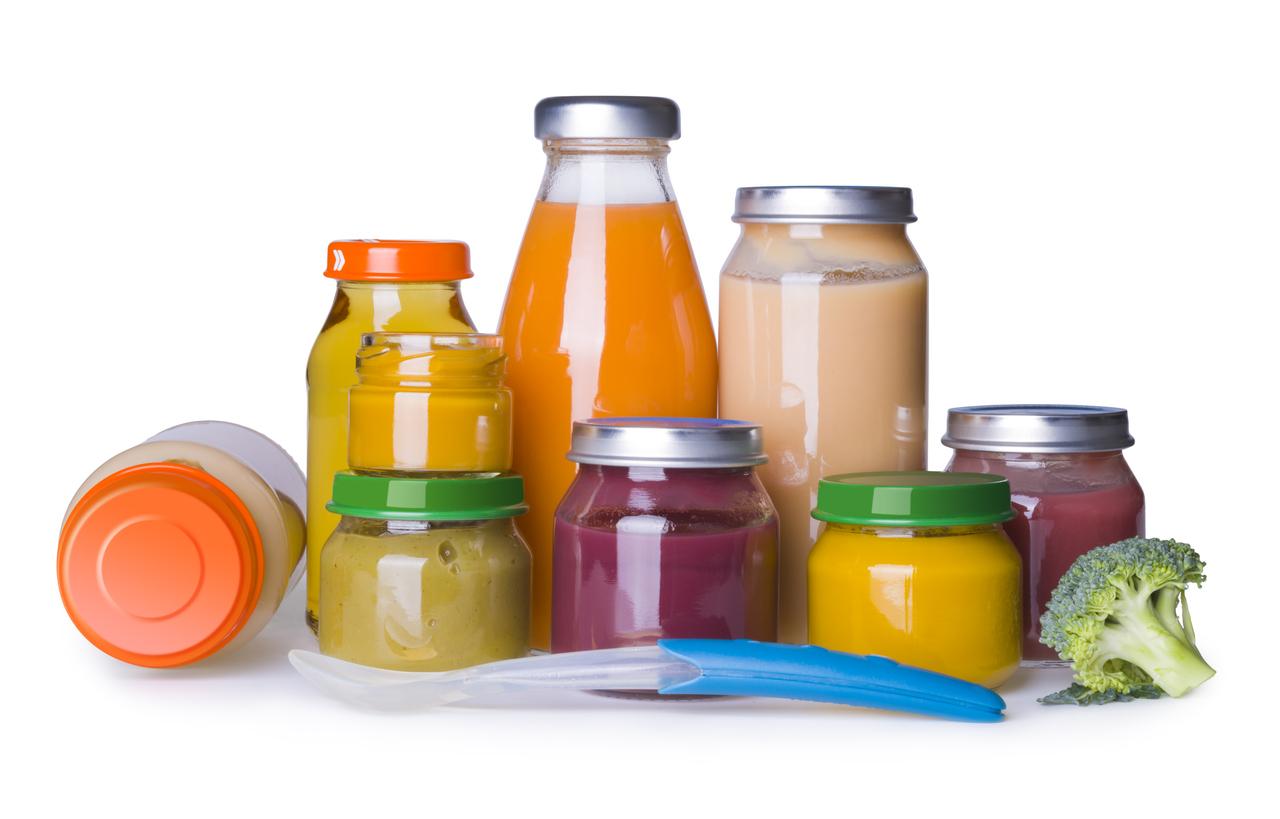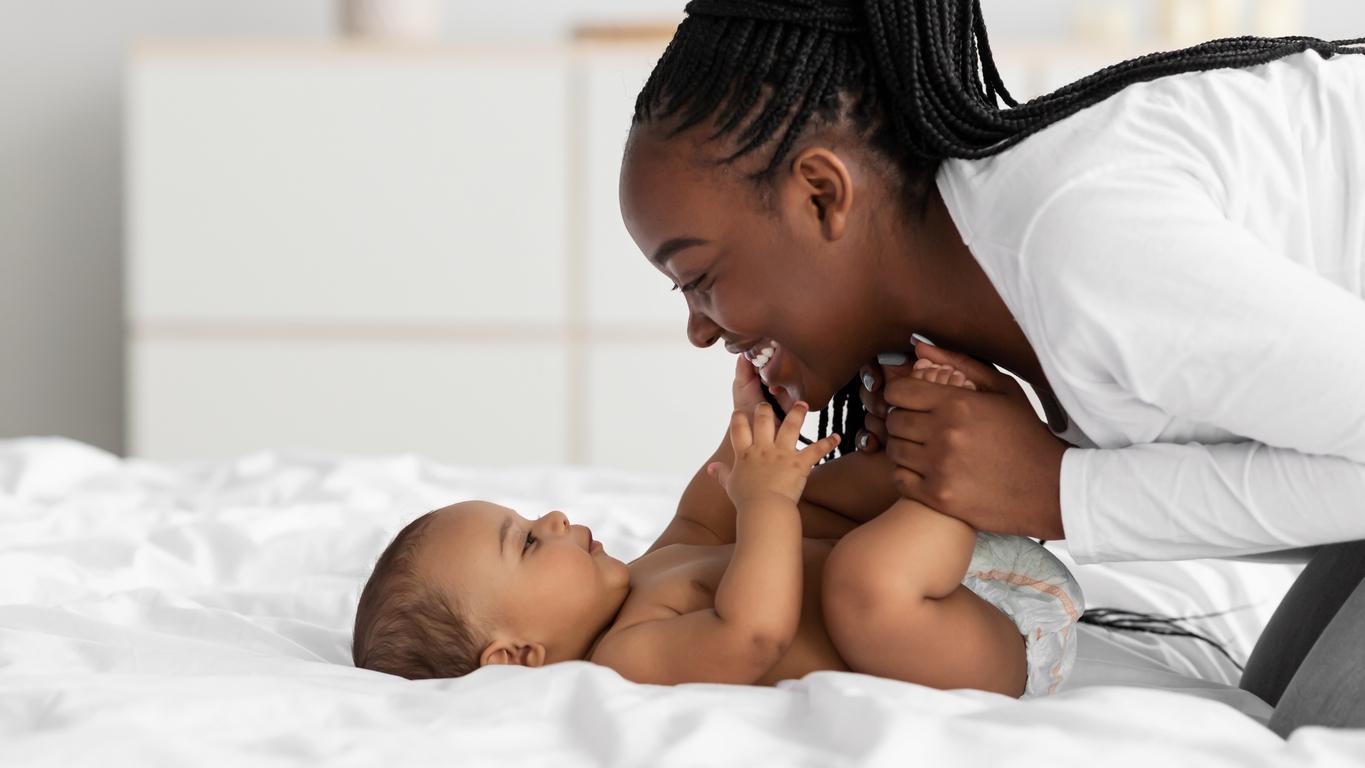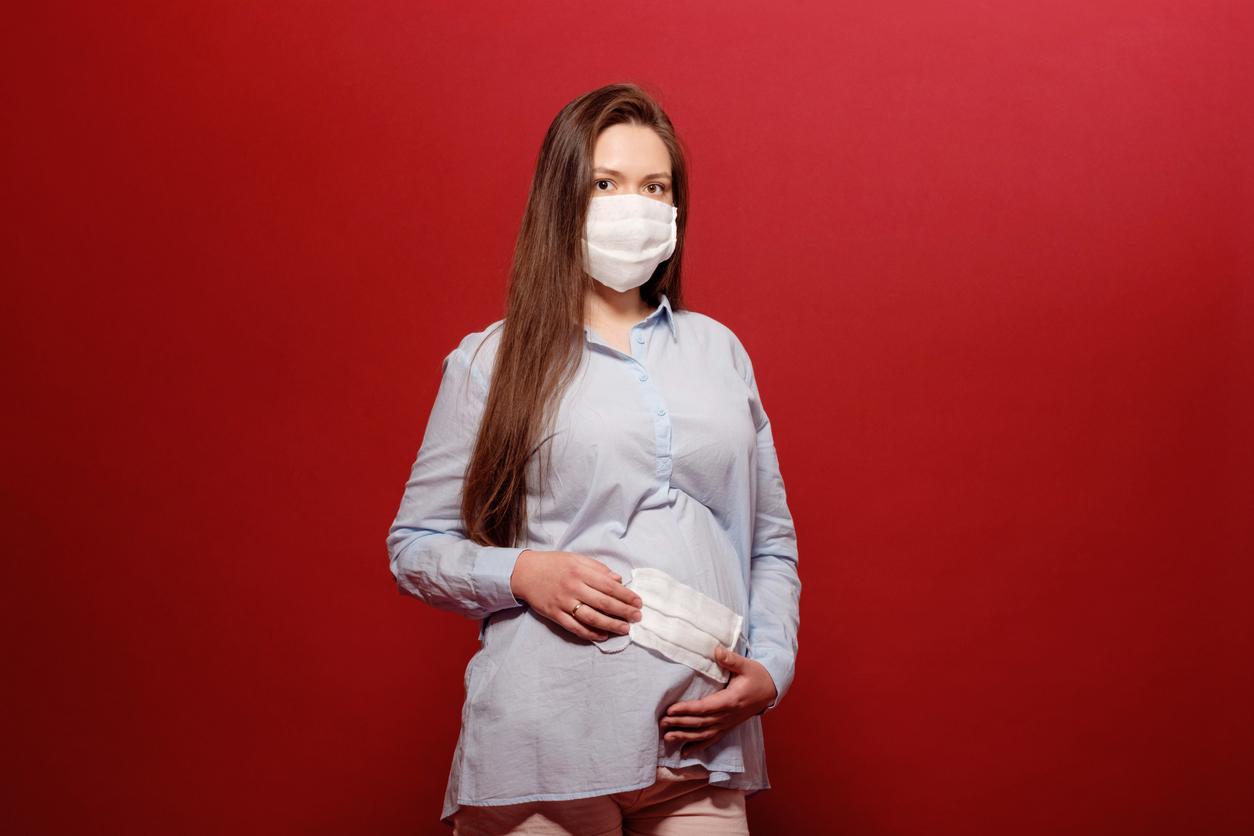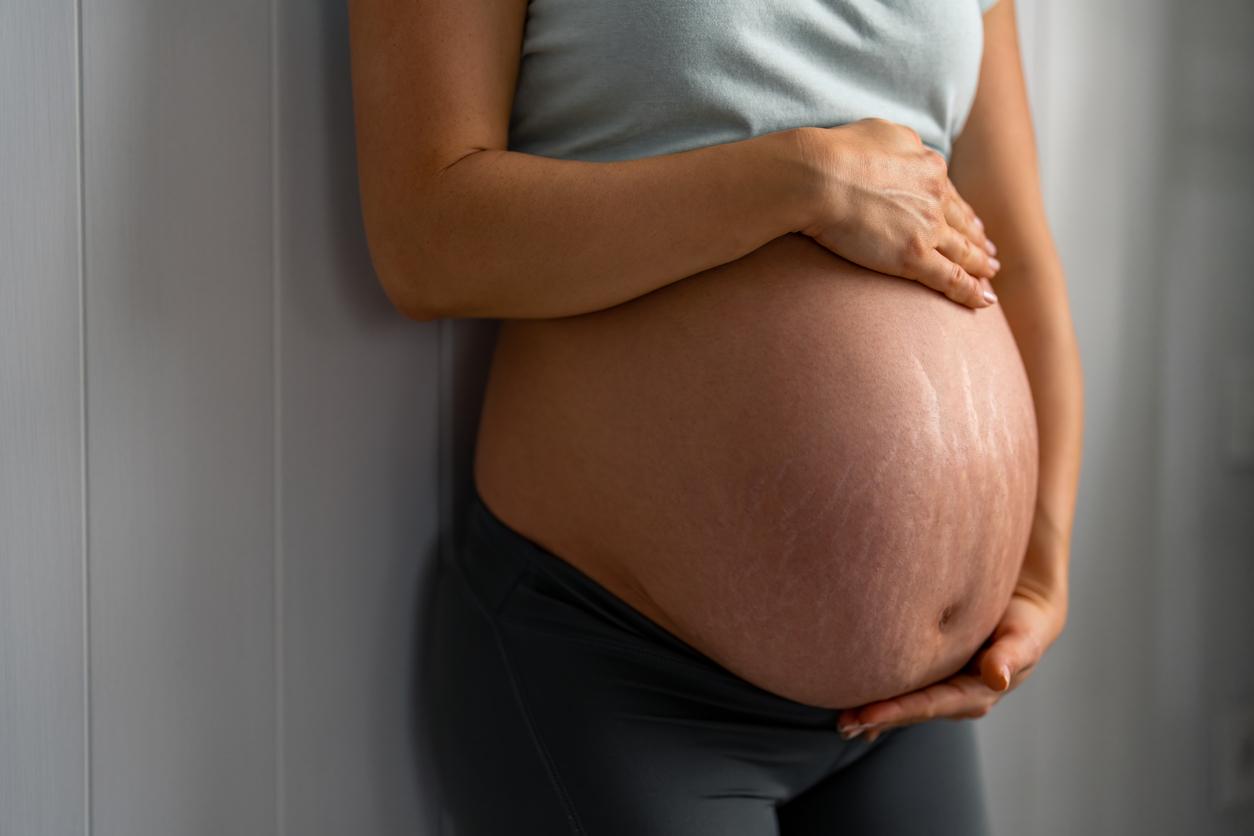Baby swimming: at what age?
Aquatic awakening, more commonly known as a “baby swimmer”, allows children to discover the pleasures of water and to share a moment of bonding with their parents or grandparents. This activity also develops their psychomotor skills and strengthens self-confidence and the ability to find one’s bearings in space. Finally, it prepares them for a peaceful learning to swim.
The baby swimming activity is generally intended for children from 6 months (4 in some establishments) to 4 years old. The ability to bathe so young is a result of the innate apnea reflex (present up to 18 months) in babies who have lived nine months in an aquatic environment.
But first of all, talk to your doctor or pediatrician, who will tell you if your baby has any contraindications.
Baby swimming: under what conditions?
All swimming pools that offer the baby swimming activity require a medical certificate. Children must be up to date with their vaccines. Permanent contraindications: chronic ear infections, persistent asthma, chronic bronchitis and certain rare diseases. Temporary contraindications: nasopharyngitis, otitis, bronchitis, tonsillitis, certain skin problems (extensive eczema, skin infections such as impetigo, post-traumatic wounds).
Three conditions required
– A water temperature between 31 and 32 °
– A limited bathing time (15 to 30 minutes) so as not to get cold
– A limited pool depth (1m30 in general). Children must all be accompanied by at least one adult.
Note that the pools are supervised by specialized lifeguards who sometimes supervise the activity.
Baby swimming: precautions to take
The baby swimmer activity has aroused great enthusiasm for the past ten years. So much so that you have to do it several months in advance to have a place for your child! Recent studies on the dangers of exposure of young children to chlorine, however, has dampened the enthusiasm of parents. Even if the health authorities have not questioned the practice of this activity, it is advisable to be careful.
Risks associated with chlorine
To disinfect swimming pool water, chlorine is used. But this one in contact with sweat, peeling or cosmetics spilled by bathers produces trichloramine, a toxic gas. Professor Alfred Bernard, head of the Industrial Toxicology unit at the Catholic University of Louvain (Belgium) has demonstrated in several studies, the last of which was published in 2007, that repeated exposure to this gas during infancy (before 7 years ) favored the onset of allergic conditions (hay fever, asthma, allergic rhinitis) and bronchitis. Indeed, this would disrupt the maturation of the lung, and more particularly its permeability.
Under these conditions, it is advisable to seek advice from your doctor if your child has an allergic ground and or has respiratory problems such as asthma or bronchitis.
Chlorine-free swimming pools?
In all cases, you must also choose a swimming pool with the healthiest possible air. First: use the intensity of the chlorine smell to monitor the efficiency of the ventilation system. It can also go through the choice of outdoor pools … Second: check the hygiene in force and … stick to it yourself. That is to say, shower with soapy water for the whole small family before and after the session and wearing a clean swimsuit and a swimming cap. There remains the possibility of finding one of the pioneering establishments that disinfect water using alternative processes. A system entirely devoid of chlorine which relies on a molecule, the PHMB exists in more and more municipal swimming pools in France (six in 2007). And some swimming pools (already four in Paris) treat their water in part with ozone, which limits the use of chlorine, even if it is still necessary to make the water “disinfectant”.
Find out more
The site of the Federation of Aquatic Activities for Awakening and Leisure









